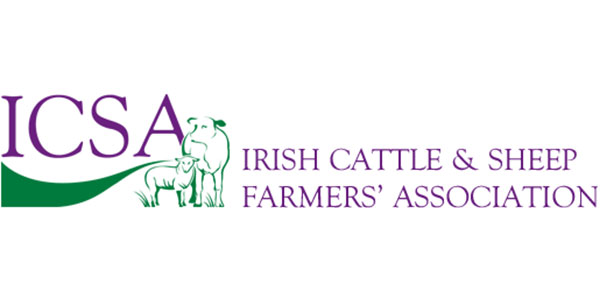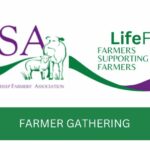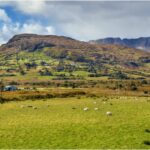April 2nd 2015
ICSA rural development chairman Billy Gray has called for a complete re-think on how to protect the hen harrier. Mr Gray argues that the Government response to the hen harrier is a denial of reality which will not safeguard the bird but will continue to have a devastating impact on farmers with hen harrier designation.
“The GLAS scheme is of some help to farmers with smaller areas of designation, but it is inadequate for many farmers,” said Mr. Gray. “The ban on afforestation needs to be reviewed as there are considerable doubts about whether it is actually warranted or whether a more nuanced approach could yield better results. Most importantly, the Government needs to wake up to the reality that the hen harrier cannot thrive in rural communities if its presence represents an economic disaster for the very farmers who control the land that the bird selects.”
“The maximum payment of €7,000 under GLAS can, in theory, compensate for up to 19 ha approximately (€370/ha x 18.91 = €7,000). However, this assumes that the farmer would have no other action in GLAS which would attract a payment. In reality, many farmers would qualify for maybe half the maximum payment anyway under other measures, reducing the real value of the hen harrier incentive under GLAS to half of €7,000. Aside from that, a significant number of farmers have a greater area designated for which there is no payment. Under the old NPWS scheme, a payment of €14,000 was available on 40 ha for example.”
“Regarding forestry, the experts on the hen harrier admit that forestry plantations up to twelve years old provide an ideal habitat. Given that some of the newer sitka plantations can be clear-felled in as little as twenty-five years, it seems that a managed forestry programme with staggered plantations could easily accommodate the hen harrier, especially if landowners were properly incentivised to keep some ground for agricultural purposes.”
“We also need to look at limiting the amount of damage applied to any one farmer. Surely, it is reasonable that farmers would not have large tracts of ground designated. If the maximum compensation is for 19 ha, then the maximum designation should be 19 ha for any individual.”
“However, the real need is to look at innovative ways of proper reimbursement. ICSA believes that a small investment by the state is essential to provide a new NPWS scheme. This could be a top-up on GLAS payments and would therefore require limited funding. There is also a need to look at facilitating some forestry, perhaps in conjunction with Coillte,” concluded Mr Gray.





